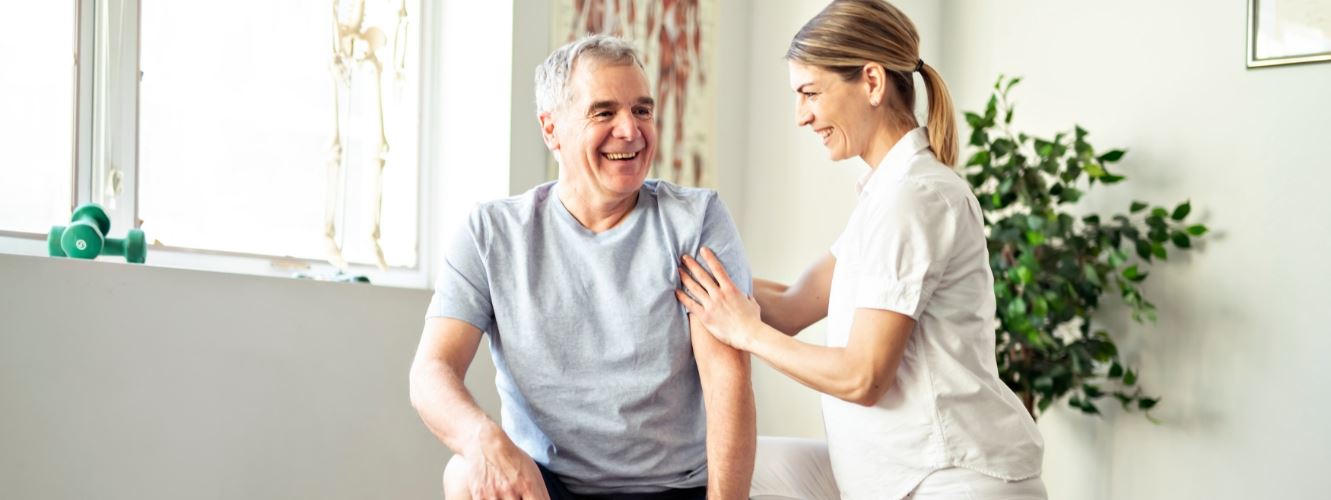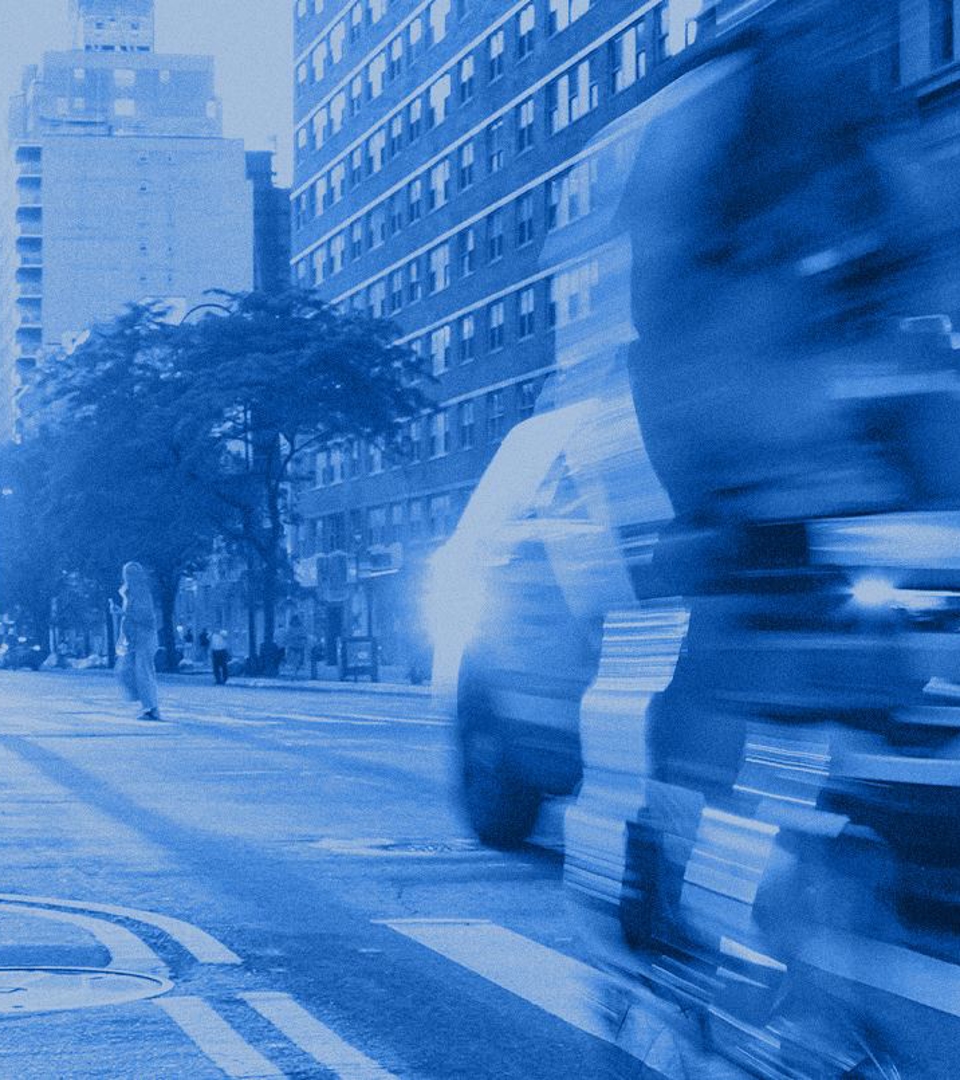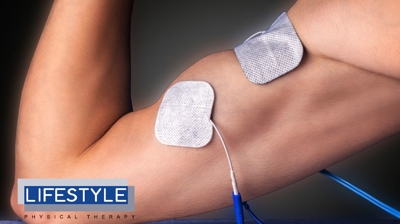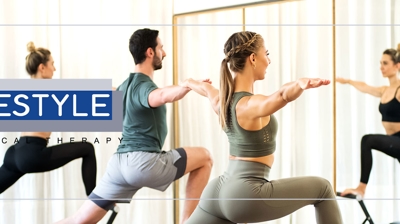
Shoulder
Shoulder Physical Therapy in New York
The shoulder joint is one of the most complex joints in the human body, made up of four distinct joints that work together to allow a wide range of motion. These joints are the glenohumeral (GH) joint, the scapulothoracic (ST) joint, the acromioclavicular (AC) joint, and the sternoclavicular (SC) joint.
Contact Lifestyle Physical Therapy at (212) 577-9313 today to schedule an appointment for shoulder physical therapy in New York.

Hear From Our Happy Patients
At Lifestyle Physical Therapy, your satisfaction is our priority! See for yourself what our patients have to say about working with us.
-
"Nice & Knowledgeable"
I came to see him with a knee and both shoulders at the beginning of 2022. He is also a very great and nice person, so the PT hour flies very fast.- RK. -
"Encouraging & Confidence!"
Matt worked with me three times a week with enthusiasm, confidence, and skill. His attitude and energy was key motivator to my success in reaching my goal.- Daniel K. -
"Amazing Experience"
He has really helped me with my back pain and overall I have had a great experience. He is very knowledgeable, friendly, and really cares about his patients.- Luiza K. -
"Friendly Staff"
He pays attention to everything you tell him and provides a therapy schedule that gets you back up and running as well as new.- Andrew W. -
"Customized Experience"
If you are not comfortable with some exercises, he will update them to your needs, I really like that. The physical therapy place is very clean and if you are lucky you will get to meet his adorable dog.- Danny K. -
"Highly Recommend"
In my opinion, what really sets Matthew apart is his ability to pay attention to the individual and understand each person's idiosyncratic needs. I cannot recommend him highly enough.- Azi E. -
"Truly Cares"
Time goes by so fast during every appointment! He also has his therapy pup in the office sometimes, and he's an absolute lovebug! Highly recommended!- Jessica Y. -
"Very Honest"
He was also the first one to say maybe it's time to decrease the sessions to once a week and then every other week once he felt that I was really on the mend. I cannot say anything other than anyone who is in pain and/or needs physical therapy should see D- Nick A.

.2505271356489.jpg)

